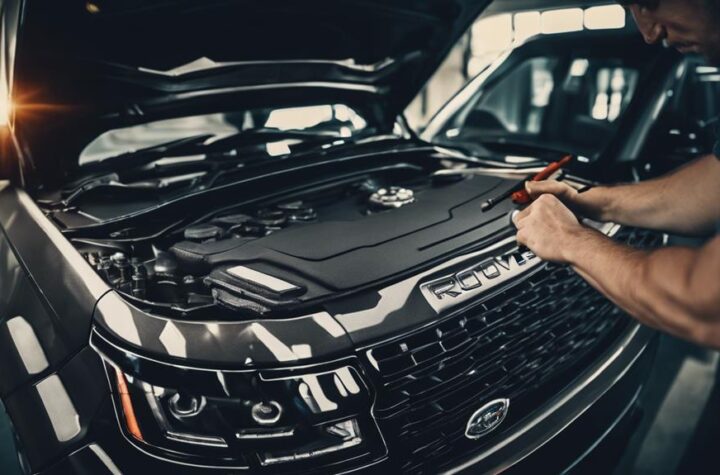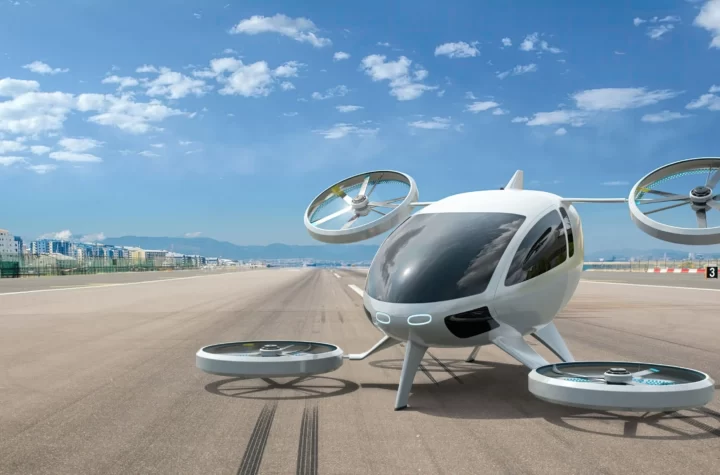
A new process chain incorporating proven casting systems with modern design software and 3D printing has the potential to be disruptive technology.
Altair, Click2Cast, HBM nCode and voxeljet have combined topology optimization, casting simulation, lifetime analysis and 3D printing to show how the combination of these technologies can create a stronger automotive component.
The four companies have developed a technology demonstrator that can be used to identify efficient (i.e. simulation-driven) development processes and series-ready production methods using 3D printing technology. In order to put theory into practice a demonstration wheel carrier made with aluminum casting was optimized in terms of topology, analyzed with regard to its feasibility and subjected to lifetime-equivalent stress testing.
Using a milled billet aluminum upright (wheel carrier) for a student racecar to demonstrate the process designers and engineers from the companies focused on creating a new shape for the wheel carrier that would be equal in mass, but would perform significantly better than the original. The wheel carrying component is subject to deflections and deformations under load, which significantly impact the road-holding performance of the entire suspension. Stiffness of the component is critical. The original design, which was tailored to manufacturing needs, was now reworked for performance.
Altair’s OptiStruct optimization solver came into play for design, as the space was defined using OptiStruct-based Inspire. By running scenarios that would affect loads and applying severe situations to the model, a part was able to be designed that took the current aluminum cast part and redistributed the material — using the same quantity of material stiffness was increased by 3-5 times.
Because fatigue damage is a function of the component’s entire loading history and not just the maximum load, a fatigue schedule of 35 hours of loading from five different road conditions was developed and imported into nCode DesignLife. Stresses computed by Altair OptiStruct from unit loads were also included, enabling the engineers to assemble stress histories for all locations on the wheel carrier.
This data, along with material properties from the DesignLife’s database, was used to predict fatigue damage. Click2Cast simulation was used both at the start and the end of the process, first testing the ability of the design to be manufactured, and finally to simulate the process of the full mold filling and the thermal solidification.
The cast parts required for the component were produced by voxeljet using the 3D printing method. The shaping, which was achieved by optimizing the structure and the design freedom for mold construction thanks to 3D printing made it possible to achieve significantly improved performance characteristics. The cast design, created using PMMA via CAD data, produces a lightweight 3D printed plastic mold that can offer a final piece comparable to one created via traditional means but at a much lower cost.
“Mold construction is significantly faster with the voxeljet 3D printing process. At the same time, this process also opens up an entirely new area of design freedom. To be able to take advantage of the design freedom offered by 3D printing the component was redesigned using simulation tools, which inspire the structure design and also take into account feasibility and lifetime. The result is very promising: the redesigned wheel trunk is three to five times stiffer than the
old version without the addition of extra material,” says Kevin Smith, Director Global Applications at voxeljet.
Another advantage: the production process is already well established and certified in many industries. It is also well suited for series production. Using CAD data, voxeljet produces plastic models by applying a particulate material (in this case, polymethylmethacrylate, or PMMA) in layers, bonded with a binding agent. This organic material results in a very low ash content and zero pattern expansion, with perfect burn-out characteristics, and is therefore well suited for investment casting.
With excellent dimensional accuracy and high-quality surface finish, PMMA 3D printed models allow for highly complex designs that are mechanically stronger than previous cast designs. While cast designs may be lighter in weight, the 3D printed plastic models cost much less to produce because there is no investment needed in tooling.
“We are very pleased to be able to implement such an innovative project with our partners,” said Mirko Bromberger, Marketing Director, Altair Engineering. “The technology demonstrator clearly shows the potential uses of this process. A combination of optimization, fatigue analysis, cast simulation and 3D printing makes it possible to exploit the full potential of a light-weight design or, as in this case, significantly increase performance without adding extra weight to the component. With this component, Altair, our APA partners Click2Cast and nCode and voxeljet have shown that a paradigm shift in the development of new components is not only possible but already available today.” Bringing design optimization, fatigue analysis, casting, and 3D printing together addresses the challenges of lightweight design and enables the creation of an innovative design and manufacturing process that enhances performance and efficiency.
“When it comes to speed and capabilities for serial production you might want to look at this process,” said Kevin Smith, Director Global Applications, voxeljet. “It marks the ‘rebirth’ of one of the oldest manufacturing process available – casting!”














































 Focus on reducing the carbon footprint of commercial vehicle delivery
Focus on reducing the carbon footprint of commercial vehicle delivery


